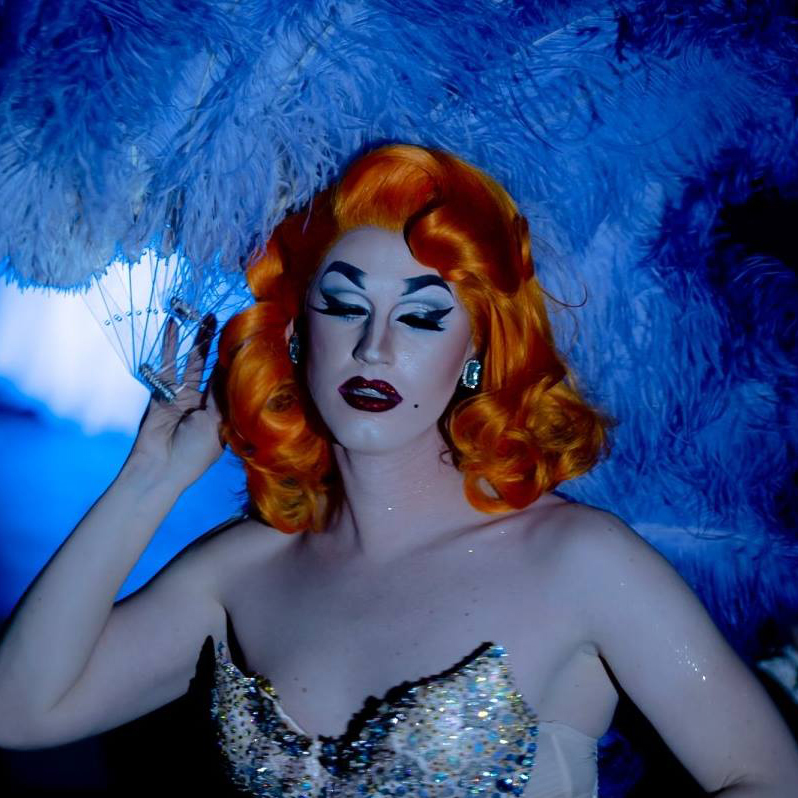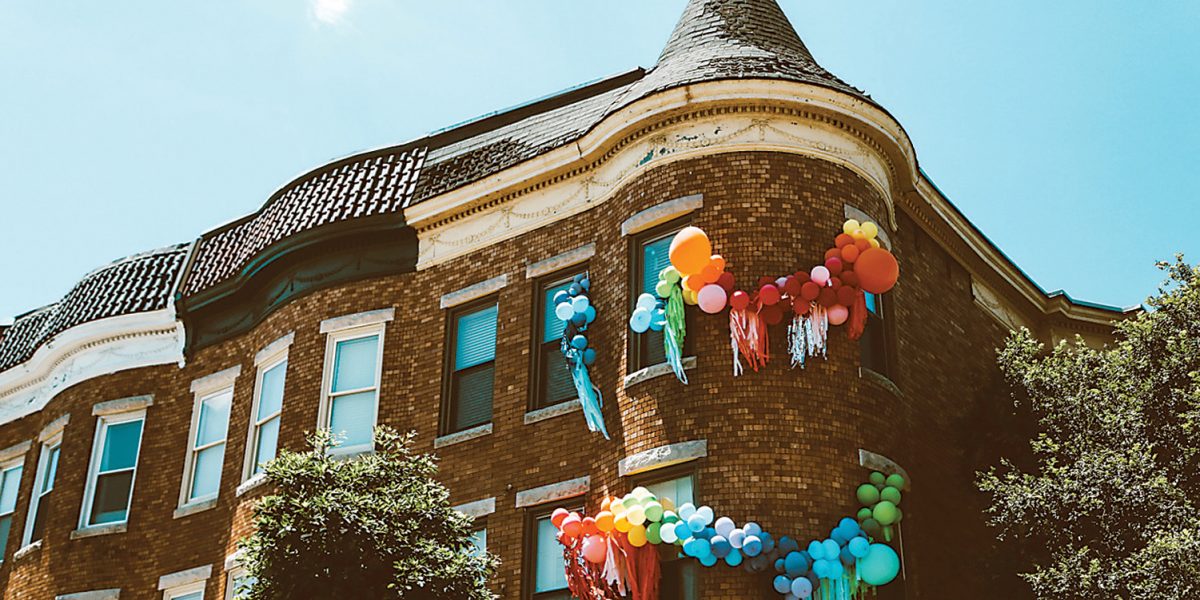News & Community
Rainbow Bright
The LGBTQ community blossoms across Baltimore.
When Charles Bowers opened Club Hippo in 1972, his goal was to create a space that was welcoming to everyone—a “home,” he once told us, “for every man, woman, white, African-American, whatever, to come here, feel safe, feel wanted, have a great time, and come back another day.”
Fast forward a few years, and Bowers did exactly that, not just in turning his gay nightclub into a Baltimore institution on North Charles Street, but also transforming the surrounding neighborhood into the LGBTQ community hub. Before long, the “gayborhood,” anchored the most popular gay bars, housed the headquarters for the GLCCB community center, and hosted the city’s first Pride rally in 1975.
“Mt. Vernon was the gay mecca—a safe zone to meet people before the internet and dating apps,” says Don Davis, owner of Grand Central. “But through the years, crime and taxes have forced a lot of the neighborhood out. And the scene has changed.”
Within the last few years, that shift has accelerated as touchstones like the Hippo and the Baltimore Eagle leather bar have closed, and Grand Central is now for sale. But as gay culture has gone more mainstream, a new generation has found their footing elsewhere, with LGBTQ-owned and friendly establishments and events popping up across the city.
And as the community has spread out, it has also diversified (the “gayborhood” had largely been a haven for white men). Dance parties with a fresh focus on queer people of color, like DJ Trillnatured’s Version and GRL PWR’s Sweat!, have become new mainstays, while arts venues like The Crown, Metro Gallery, and Creative Alliance continue to offer more inclusive programming.
Drag has played a role, as well, with brunches and bingos from Fells Point to South Baltimore (see below). “We go where our community needs us to be,” says Lynora Lawless, spokesperson for the GLCCB, now located in Old Goucher. “I just see it as us expanding, and not just in Mt. Vernon. There is no longer one particular place that is the queer central. Eventually you will be able to find a queer space in every neighborhood. . . . Baltimore’s charm relies in that unique blend, that there is a place here for everyone.”
ALL THAT DRAG

Drag might not have been invented in Baltimore, but it was reborn here in the 1970s, thanks to “the drag queen of the century,” as People magazine once called our local legend, Divine. It would still be decades, though, before the scene went mainstream, but today, it is newly flourishing—undoubtedly with the additional help of the hit TV show RuPaul’s Drag Race—and performances are popping up all across the city. “It’s not just [gay] clubs or the back rooms of Leon’s anymore,” says local drag star Betty O’Hellno, who performs during regular drag nights at Trinacria, an Italian restaurant in Mt. Vernon. “It’s wonderful how many businesses are now supporting the LGBTQ performance community.” With recurring events like GRL PWR and METRO/SEXUAL, and drag brunches offered in neighborhoods like Fells Point and Riverside, it’s never been easier for people to embrace the art form, educate themselves, or even explore their own gender identity as Baltimore’s drag community hits its stride. We’re sure Divine is looking down with pride.
What Charm Means To Me...
“Something that is charming to me in the arts scene is the amount of support that all of these different groups and venues give to each other. They continue to raise people up and I think that attracts people to this city.”
Betty O’Hellno | Drag Performer

